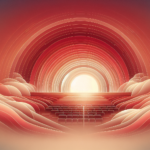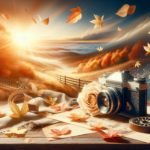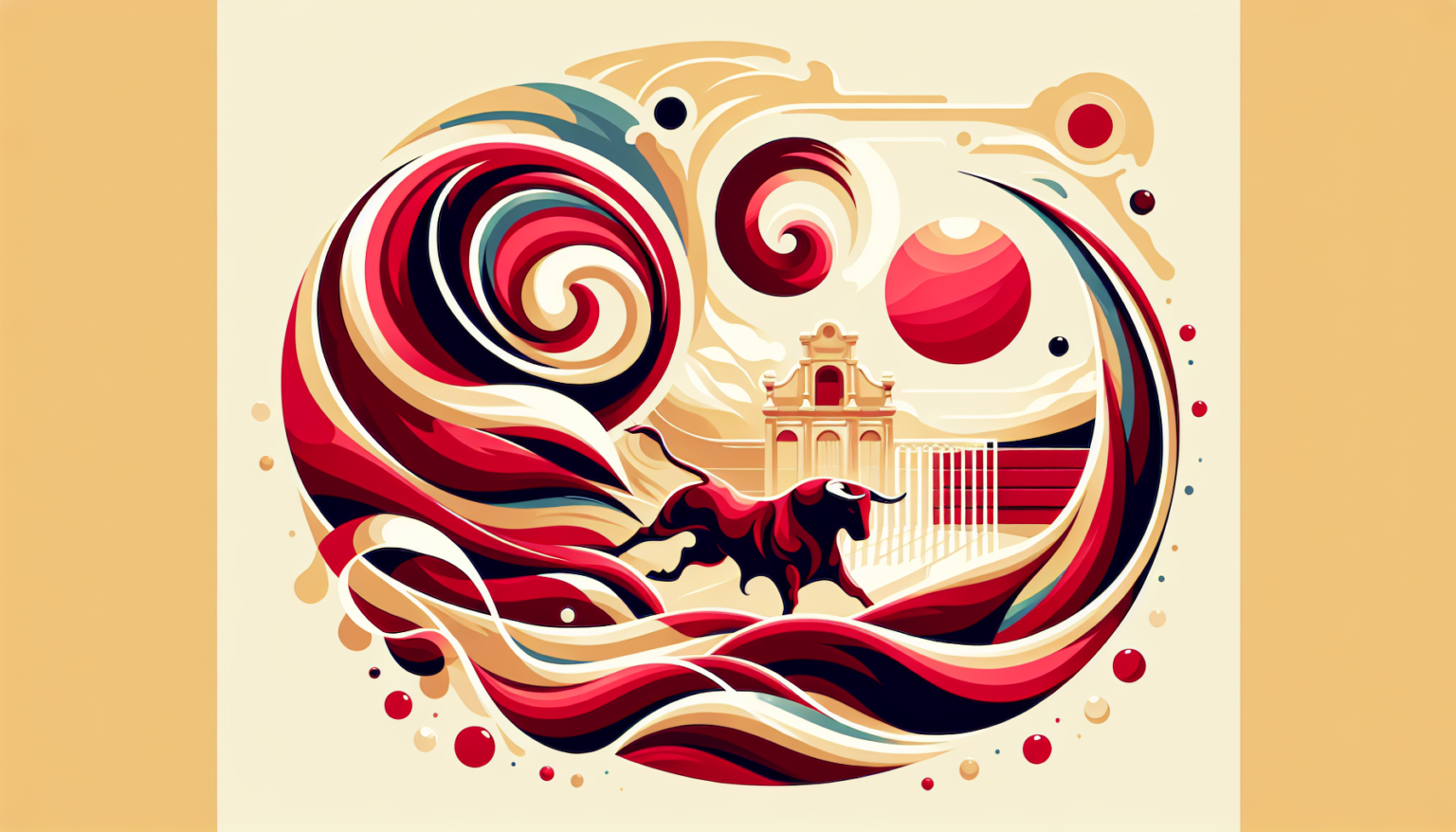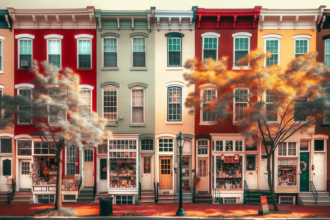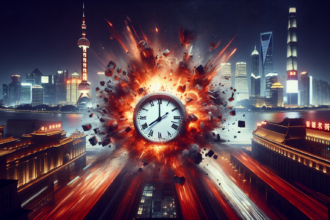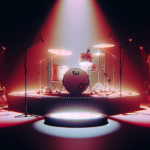In his latest documentary, “Afternoons of Solitude,” Catalan filmmaker Albert Serra delivers a visually stunning and emotionally charged portrait of Peruvian matador Andrés Roca Rey. Serra places his camera in hotel rooms, vans, and bullfighting arenas, capturing Rey’s every move in medium close-up shots. This intimate portrayal allows audiences to glimpse Rey’s meticulous routines, his moments of solitude, and his interactions with his team.
Rey is portrayed as a man of strong religious faith, often seen handling a rosary and crossing himself before entering the ring. His team’s banter and compliments post-fight highlight their admiration for him, though Rey himself remains stoic and introspective. The film’s bullfighting scenes are brutal, breathtaking, and occasionally shocking.
Serra’s camera ventures as close as possible, making the audience feel the intensity and danger of each fight. Despite the visceral thrill, the repetitiveness of Rey’s matches underscores a deeper phenomenological take on his existence. The movie suggests that Rey’s personality is secondary to his actions; he is defined by what he does, living a life of repetition until either he chooses to stop or the bull claims victory.
Throughout the film, Roca is seen in moments of calm and moments of high drama. In one scene, he’s calmly chatting with his crew while still in his ornate suit of lights, the traje de luces. Yet, the calm is deceptive; when the suit is removed in a hotel room, an assistant reveals an unhealed wound still bleeding, starkly symbolizing the ever-present danger of Roca’s profession.
Matador’s intimate solitude
In the bullring, Serra’s observational style takes over. Using three cameras, often positioned among the audience, the film captures the grandeur and peril of the bullfights from a safe yet intimate distance.
Roca’s nearly balletic maneuvers are shown in long takes, which contrast with the brief, visceral moments of confrontation. The use of zoom lenses allows close details to emerge, despite the apparent distance, enhancing the viewer’s sense of both proximity and detachment. Combat in the ring is framed as a kind of warfare, where even victories take a toll.
In a particularly harrowing encounter, Roca is thrown to the ground and gored, yet he returns to the fight, ultimately felling the bull with a single, decisive thrust. His team’s reactions range from taunts directed at the fallen animal to near-poetic tributes to the bullfighter’s bravery. Roca himself addresses the bull with almost a sense of reverence: “Bull, you spared me.”
Serra’s respectful portrayal extends to the animals involved as well.
The camera lingers on the bulls in their final moments, capturing their desperate attempts to survive and their eventual surrender to death, offering a dignified yet heart-wrenching look at their suffering. “Afternoons of Solitude” does not delve into the economics or politics of bullfighting. Instead, it concentrates on the existential and aesthetic dimensions of this ancient spectacle.
By focusing solely on the physical and emotional rigors endured by Roca and his team, Serra elevates the film into an almost mythic commentary on human and animal struggle, beauty, and mortality.




